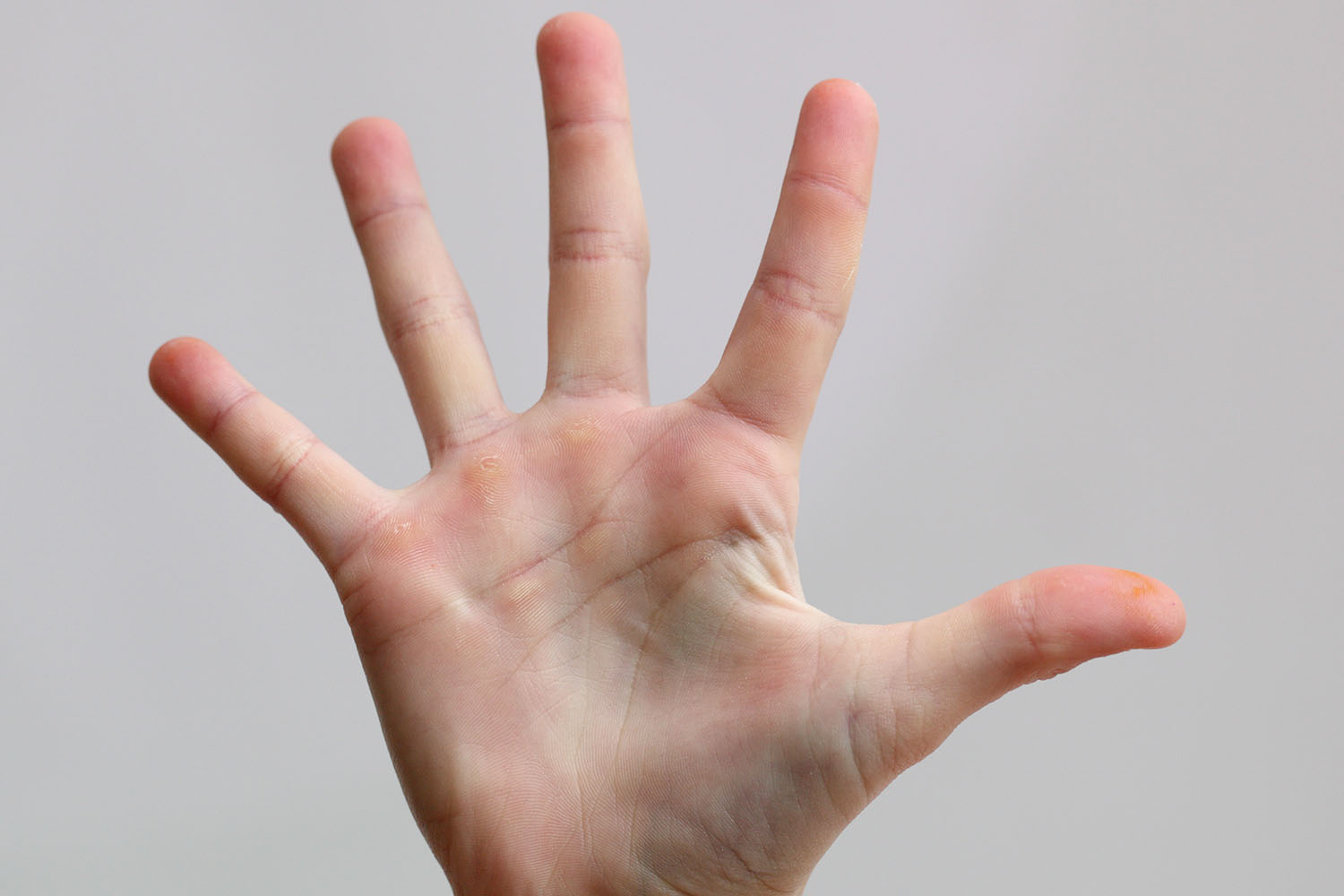Overview
The human hand is a marvel of engineering and design, allowing for a wide range of motions and functions. From gripping and holding to intricate manipulations, the hand’s complex structure is essential to everyday life. In this blog, we’ll delve into the different hand parts name and their functions, providing a comprehensive understanding of this vital body part.
1. Phalanges (Fingers)
The fingers, or phalanges, are perhaps the most recognizable parts of the hand. Each hand has 14 phalanges – three for each finger (proximal, middle, and distal) and two for the thumb (proximal and distal). These bones are crucial for the dexterity and precision of our movements. The hand parts name for the individual bones in the fingers underscores their segmented nature, allowing for the complex flexing and extension needed for gripping and manipulating objects.
2. Metacarpals
Beneath the phalanges lie the metacarpals, five long bones that form the structure of the hand’s palm. Each metacarpal connects to a finger and extends to the carpal bones in the wrist. The hand parts name for these bones is derived from their location – “meta” means beyond, indicating that they are beyond the wrist (carpals) and support the phalanges. The metacarpals play a crucial role in the strength and stability of the hand, allowing us to bear weight and apply force through our grip.
3. Carpals (Wrist Bones)
The wrist comprises eight small bones known as carpals. These bones are arranged in two rows and form a complex joint with the radius and ulna (forearm bones). The hand parts named for these bones highlight their small and intricate nature, crucial for the wrist’s wide range of motion. The carpals include the scaphoid, lunate, triquetrum, pisiform, trapezium, trapezoid, capitate, and hamate. These bones allow for the flexibility and movement required to position the hand in various orientations.
4. Joints and Ligaments
The joints and ligaments of the hand are essential for its functionality. Key joints include the metacarpophalangeal (MCP) joints (knuckles), proximal interphalangeal (PIP) joints, and distal interphalangeal (DIP) joints. The hand parts name for these joints reflects their location and the bones they connect. Ligaments, such as the collateral ligaments, support these joints, providing stability and guiding movement. The complex interplay of joints and ligaments allows for the precise and varied motions of the hand.
5. Tendons and Muscles
Tendons and muscles work together to facilitate hand movements. The tendons connect muscles in the forearm to the bones of the hand, transmitting the force needed for movement. Key muscles include the flexor and extensor groups, which control the bending and straightening of the fingers and wrist. The hand parts name for these muscles often reflects their function and location, such as the flexor digitorum superficialis (flexes the fingers) and extensor carpi radialis (extends the wrist). These structures are essential for the hand’s power and precision.
6. Nerves and Blood Vessels
The nerves and blood vessels in the hand are crucial for its function and health. Major nerves include the median, ulnar, and radial nerves, which provide sensation and motor control. The hand parts name for these nerves indicates their path and areas of innervation. Blood vessels, such as the radial and ulnar arteries, supply oxygen and nutrients to the hand, ensuring its tissues remain healthy and functional.
Understanding the different hand parts name and their functions highlights the incredible complexity and capability of the human hand. Each component, from the phalanges to the intricate network of nerves and blood vessels, plays a vital role in our daily lives. This knowledge not only deepens our appreciation for this remarkable body part but also underscores the importance of hand health and care. Whether you’re learning about anatomy for educational purposes or simply curious, recognizing the hand parts name is a fundamental step in appreciating the intricacies of human biology.



